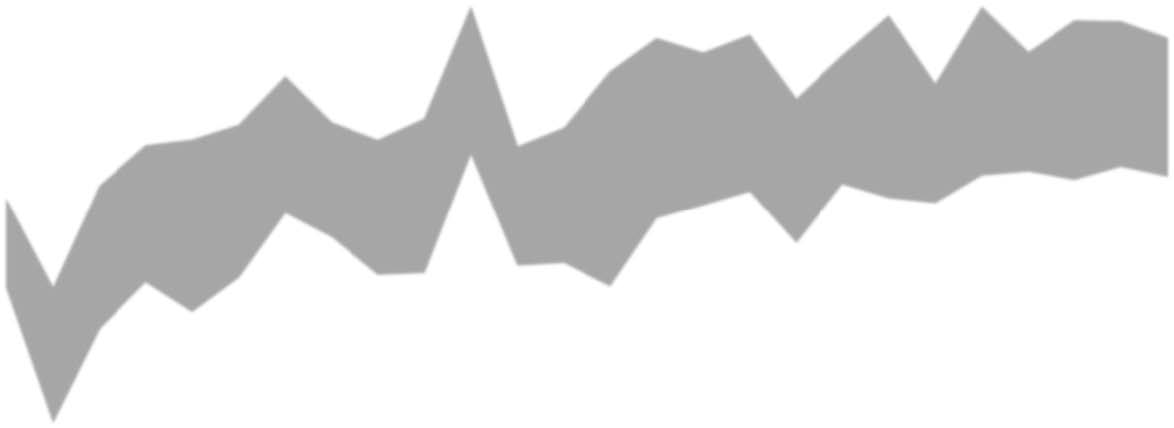Estimation of pollutants contribution to the formation of the surface waters pollution class
Keywords:
water quality, RD 52.24.643-2002, specific combinatorial pollution index (SCPI), pollutants, estimation of the contribution to the pollution levelAbstract
The possibilities of a wider application of the method for the integrated assessment of the degree of contamination of surface waters by hydrochemical indicators (RD 52.24.643-2002) for the determination of water quality by the example of the river Kazanka (Republic of Tatarstan)are analyzed. Additional calculation indices were proposed for determining the quality of water based on the monitoring results: the relative contribution of the ingredient (indicator) to the value of the combinatorial water pollution index (CPIi), the relative contribution of the group of indicators to the value of the specific CPI (SCPIx). It is shown that the greatest relative contribution to the level of contamination of surface waters of the river Kazanka brings compounds of heavy metals.The need for a deeper analysis of the contribution of individual pollutants having a dual genesis and using in the calculations of SCPI in determining water quality, including the development of regional maximal permissible concentrations (MPC)was noted.
References
Бардюк В.В., Стойко Л.С. К вопросу комплексной оценки качества поверхностных вод//Экономика и экологический менеджмент. 2011. № 2. С. 2‒9.
Давыдова Е.Г., Воропаева И.Н., Тишкова А.Р., Стрельникова Т.А., Бахметьева В.С. Оценка качества поверхностных вод Воронежского водохранилища с применением комплексных показателей степени загрязненности//Научный вестник Воронежского государственного архитектурно-строительного университета. Сер. Физико-химические проблемы и высокие технологии строительного материаловедения. 2016. № 1 (12). С. 73‒77.
Курамшина Н.Г., Прибыловский А.А., Курамшин Э.М., Имашев У.Б. Оценка эколого-геохимического состояния поверхностных вод Нижнекамского водохранилища на территории Башкортостана//Биогеохимия химических элементов и соединений в природных средах. Уфа, 2016. С. 100‒106.
Лазарева Г.А., Кленова А.В. Оценка качества поверхностных вод по интегральным показателям (на примере Верхневолжского водохранилища)//Современные проблемы науки и образования. 2015. №6. С. 621.
Никаноров А.М., Хоружая Т.А., Мартышева Н.А. Оценка пространственно-временной динамики загрязненности Южных водохранилищ по химическим и биологическим индексам//Водные ресурсы: новые вызовы и пути решения. Новочеркасск: Лик, 2017. С. 20‒25.
РД 52.24.643-2002. Метод комплексной оценки степени загрязненности поверхностных вод по гидрохимическим показателям.
Сибагатуллина А.М., Зубкова М.В., Клызбаева А.Д. Оценка качества речной воды//JournalofAdvancedResearchinTechnicalScience. 2017. № 7-2. С. 70‒75.
Трусова Л.Н., Фрумин Г.Т. Динамика качества вод основных рек Вологодской области//Экологическая химия. 2012. Т. 21, № 3. С. 137‒143.
Фатхутдинова Р.Ш., Гареева Д.Р. Динамика загрязнения реки Шугуровка//Центральный научный вестник. 2018. Т. 3. №1 (42). С. 26‒28.
Филенко О.Ф., Михеева И.В. Основы водной токсикологии. М.: Колос, 2007. 144 с
Шагидуллин Р.Р., Иванов Д.В., Горшкова А.Т., Урбанова О.Н., Мустафина Л.К., Шурмина Н.В., Абдуллина Ф.М., Богданова О.А., Токинова Р.П., Абрамова К.И., Валиев В.С, Зиганшин И.И., Шамаев Д.Е., Хасанов Р.Р. Качество воды в реке Казанка: теоремы и аксиомы // Материалы конгресса «Чистая вода. Казань». Казань: ООО «Новоезнание», 2017. С. 258‒262.

Downloads
Published
How to Cite
Issue
Section
License

This work is licensed under a Creative Commons Attribution-NonCommercial 4.0 International License.




